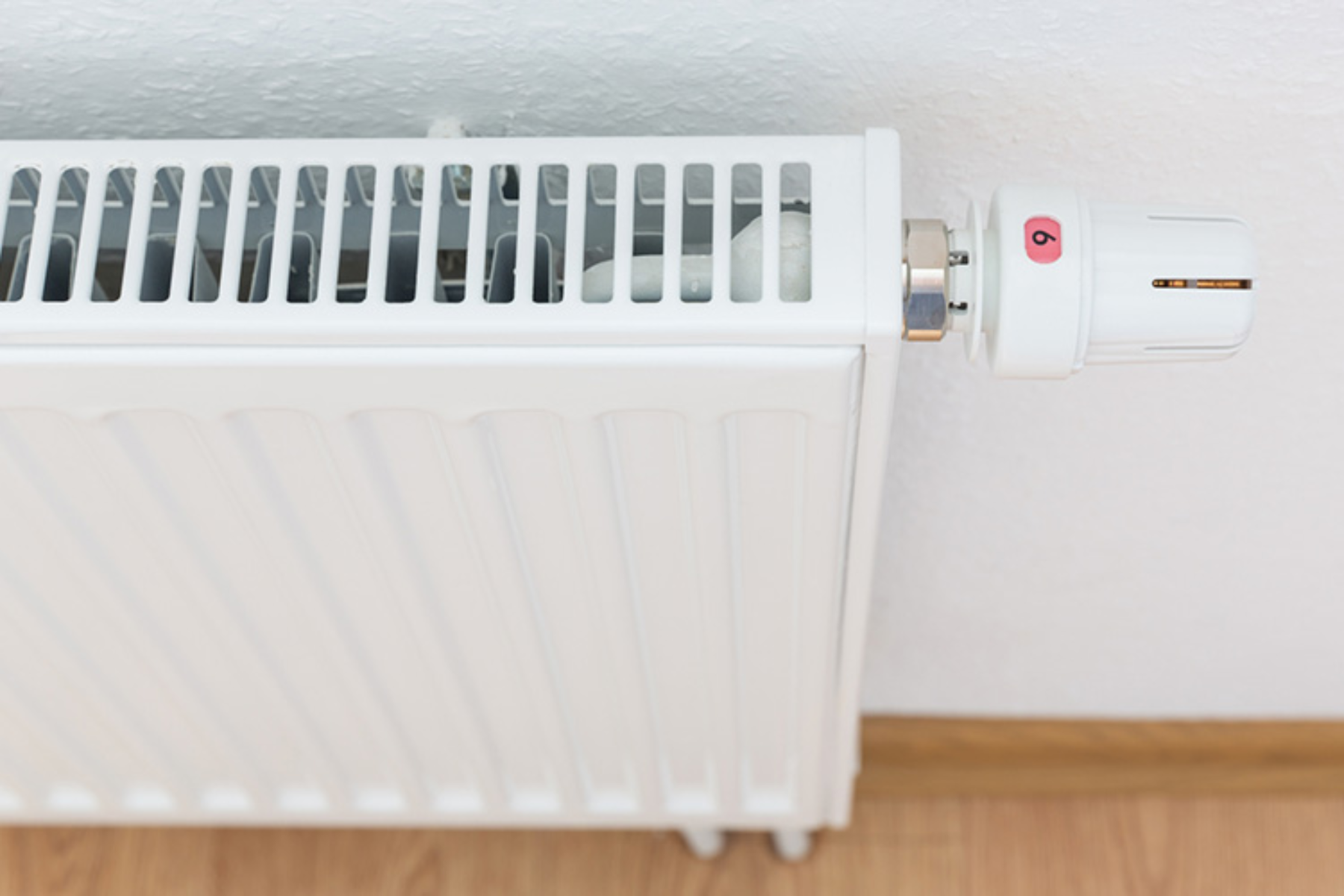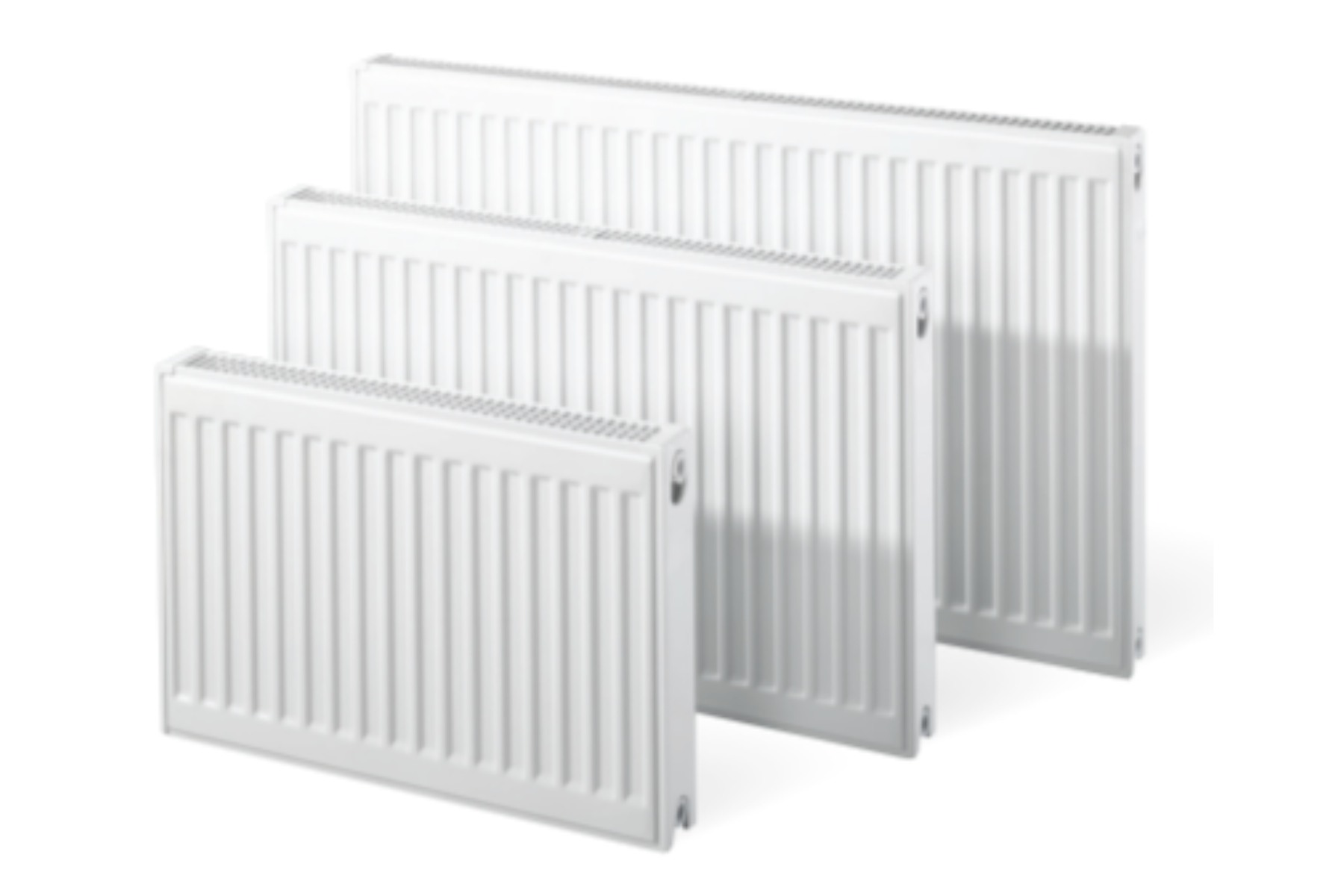Are you considering convector heating for your household needs?
Look no further! This comprehensive guide will provide all the essential information about convector heating rails and help you make an informed decision. With a focus on convection heat, these radiators offer efficient warmth to keep your home cozy. Let's dive in and explore the world of convector rails.
Understanding Conduction, Convection, And Radiation
Before we delve into convector heating radiators, let's quickly understand the three modes of heat transfer: conduction, convection, and radiation. Conduction refers to heat transfer through direct contact between materials. Convection involves the movement of heat through air or fluid currents. Radiation, on the other hand, is the emission of heat as electromagnetic waves.
What Are Convector Radiators?
Convector radiators are a type of heating device commonly used in residential and commercial buildings. They are designed to provide efficient and even heat distribution.

How Do Convector Radiators Work?
Convector radiators consist of a series of fins or panels with hollow sections. These hollow sections allow air to circulate through the radiator, promoting convective heat transfer. The panels are typically made of steel or aluminum, which are excellent conductors of heat. When the radiator is heated, the air around it is warmed up. As the warm air rises, cooler air from the room is drawn in at the bottom of the radiator. This creates a continuous flow of warm air, resulting in efficient heat distribution throughout the space.

Double Convector Radiator, And Double Panel Double Convector Radiator:
You may come across double convector heating rails in the market while purchasing your convector radiator. So, what is a double convector radiator? Well, it is an enhanced version of a standard convector radiator, offering increased heat output and efficiency. These are also known as a double panel convector radiator or Type 22 radiator.
A double convector radiator consists of two panels with fins or channels and two sets of convector fins positioned between them. The double panel design provides a larger surface area for heat exchange, resulting in higher heat output compared to a single panel radiator.
Similarly, a double panel double convector radiator, often referred to as a Type 33 radiator, is a type of heating device that offers enhanced heat output and efficiency compared to standard radiators. It consists of two panels with fins or channels and two sets of convector fins positioned between them, resulting in a total of four layers of heat exchange surfaces.
Double panel double convector radiators are commonly used in larger rooms or areas with high heat loss, where greater heat output is required.
Improved Efficiency With Convector Radiators
The enhanced convection heating offered by convector radiators makes them highly efficient. The arrangement of fins enables the radiator to pull heat away from the panel, creating upward air currents. Cold air from the bottom of the room is drawn in. It is heated and circulated. This results in a continuous flow of warm air. This efficient heat distribution makes convector radiators an excellent choice for evenly heating larger rooms.
Are Oil-Filled Radiators Better Than Convector Heaters?
A common dilemma arises when deciding between oil-filled radiators and convector radiators. While both serve the purpose of heating, they have distinct differences. Oil-filled radiators rely on radiation and convection for heat distribution, whereas convector radiators emphasize convection heating. If you prefer rapid heat delivery in a smaller space, oil-filled radiators may be suitable. However, for efficient heating in larger areas, convector radiators are the preferred choice.
In Conclusion
Convector radiators provide efficient and effective heating through enhanced convection processes. With their ability to evenly distribute heat in larger spaces, they offer an excellent solution for keeping your home warm and comfortable. Embrace the benefits of convector radiators and enjoy a cozy environment throughout the colder months. Remember, a well-informed decision is the key to a comfortable and efficient heating system!
Frequently Asked Questions About Convector Radiators:
Q: What Is A Double Panel Single Convector Radiator?
A: A double panel single convector radiator, also known as a Type 21 radiator, features two panels with fins or channels and a single set of convector fins positioned between them. It offers improved heat output compared to a standard single panel radiator, making it suitable for spaces requiring higher heat output while maintaining a slim profile.
Q: What Is A Single Convector Radiator?
A: A single convector radiator, also known as a Type 11 radiator, consists of a single panel with fins or channels and a set of convector fins positioned behind it. It is a basic radiator design that provides efficient heat distribution while being more compact compared to double panel radiators.
Q: How To Bleed Convector Radiators?
A: To bleed a convector radiator, start by ensuring that the heating system is turned off and the radiator has cooled down. Locate the bleed valve, typically positioned at the top or side of the radiator. Using a radiator key or a flat-blade screwdriver, slowly open the valve to release any trapped air. Once you hear a hissing sound and water starts to flow steadily, close the valve tightly. Remember to check the pressure in the heating system afterward and refill if necessary.
Q: What Is A Type 21 Convector Radiator?
A: A type 21 convector radiator is a specific configuration of a double panel single convector radiator. It consists of two panels with fins or channels and one set of convector fins positioned between them. This design offers increased heat output compared to a standard single panel radiator while maintaining a relatively slim profile.
Q: Are Column Radiators Heavier Than Convector Radiators?
A: Yes, column radiators are generally heavier than convector radiators due to their construction. Column radiators are made up of multiple vertical columns or sections, which can add to their weight. In contrast, convector radiators have a lighter construction, typically consisting of panels and fins for efficient heat transfer. The weight difference between the two types of radiators can vary depending on the specific design and materials used.
Q: Are Convector Radiators Better?
A: The suitability of convector radiators depends on specific heating requirements and preferences. Convector radiators offer advantages such as efficient heat distribution, quick heating response, and the ability to produce convective currents that circulate warm air. They are particularly effective in modern, well-insulated spaces. Convector radiators can also be more space-efficient due to their compact design. However, their heat output may be lower compared to other radiator types such as panel radiators or column radiators. The choice between convector radiators and other types ultimately depends on factors like the size of the space, desired heat output, aesthetic preferences, and budget. Consulting with a heating professional can help determine the best radiator type for specific needs.






















